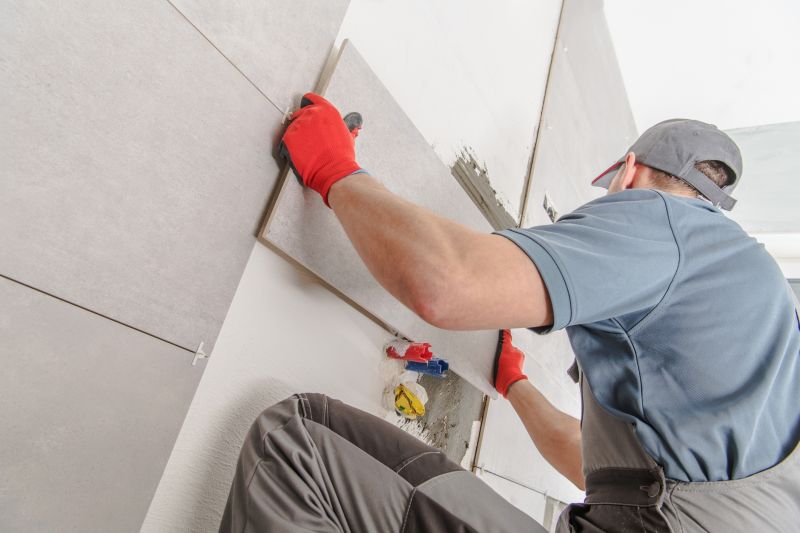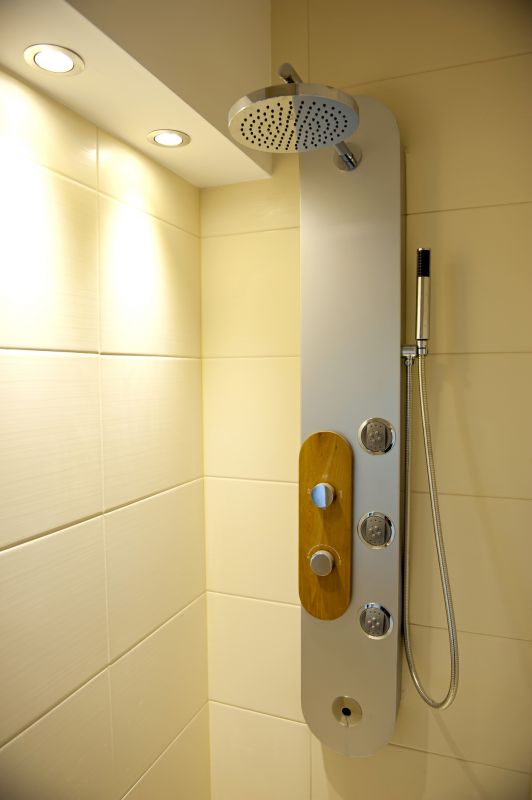Shower Wall Renovation
Welcome to Aberdeen Showers
Shower Wall Renovation
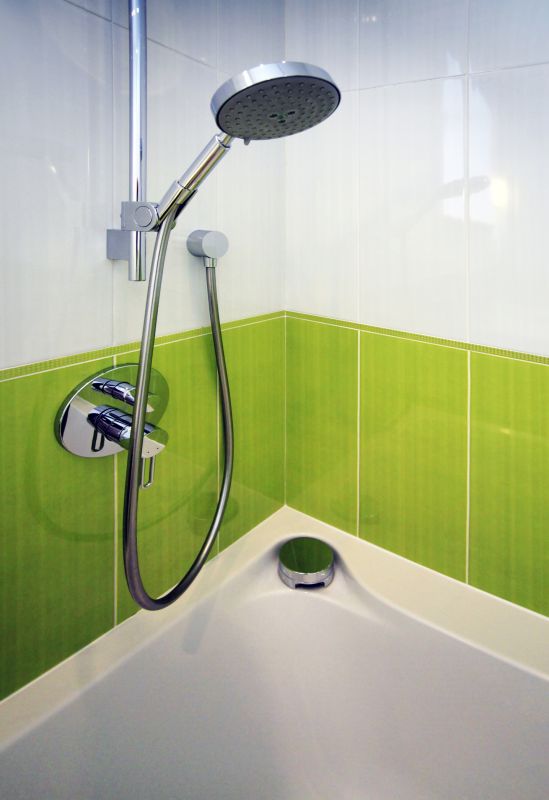
About Shower Wall Renovation
Shower wall renovation is a popular project for homeowners looking to update their bathroom's aesthetic and functionality. Whether you are aiming to enhance the overall appearance or address issues such as water damage, this renovation can significantly impact your bathroom's look and feel. With a variety of materials and styles available, it is essential to consider several factors before embarking on this home improvement journey.
When planning a shower wall renovation, one of the first considerations is the choice of material. Common options include ceramic tiles, natural stone, glass, and acrylic panels. Each material offers unique benefits and aesthetic appeal. Ceramic tiles are known for their durability and versatility, while natural stone provides a luxurious and timeless look. Glass and acrylic panels offer a modern and sleek appearance, making them ideal for contemporary designs.
Another critical factor is the style and design of the shower walls. Homeowners can choose from a range of patterns, colors, and textures to achieve the desired look. From classic subway tiles to intricate mosaic designs, the possibilities are vast. Consider the overall theme of the bathroom and how the shower walls will complement or contrast with other elements such as flooring, fixtures, and cabinetry.
Waterproofing is a crucial aspect of shower wall renovation. Proper waterproofing ensures that water does not seep behind the walls, which can lead to mold and structural damage. Materials like waterproof membranes and sealants are often used during installation to protect against moisture. Ensuring the shower walls are adequately waterproofed will prolong their lifespan and maintain their appearance.
Homeowners should also consider the maintenance requirements of different materials. Some materials, like natural stone, may require regular sealing to maintain their appearance and prevent staining. Others, such as glass panels, may need frequent cleaning to avoid water spots and soap scum buildup. Understanding the upkeep involved can help in making an informed decision that aligns with lifestyle preferences.
Lighting is another important consideration in shower wall renovation. Proper lighting can enhance the appearance of the walls and create a relaxing ambiance. Options such as recessed lighting, LED strips, or wall-mounted fixtures can be used to highlight the texture and color of the shower walls. Consider how the lighting interacts with the materials and colors chosen for the renovation.
Lastly, it is beneficial to think about the overall layout and functionality of the shower space. This includes considering the placement of showerheads, niches, and other features. A well-planned layout can enhance the usability of the shower and provide a more enjoyable experience. Take into account the size and shape of the shower area to optimize the design.
- Consider the choice of material: ceramic, stone, glass, acrylic
- Explore different styles and designs
- Ensure proper waterproofing
- Understand maintenance requirements
- Plan lighting to enhance appearance
- Optimize layout for functionality
In conclusion, shower wall renovation involves a variety of decisions that can greatly influence the final outcome. By carefully considering materials, design, waterproofing, maintenance, lighting, and layout, homeowners can create a beautiful and functional shower space that meets their needs and enhances their bathroom's overall appeal.
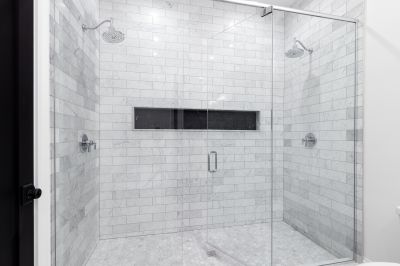
Choosing the Right Materials for Shower Wall Renovation
A Guide to Selecting Durable and Stylish Options
Renovating shower walls is a significant aspect of bathroom remodeling that not only enhances the aesthetic appeal but also improves functionality. The materials chosen for shower walls can influence the overall look, maintenance requirements, and longevity of the renovation. With a variety of options available, selecting the right materials can seem daunting, but understanding the characteristics and benefits of each can simplify the decision-making process.
Ceramic tiles are a popular choice for shower walls due to their water resistance and durability. Available in a wide range of colors, shapes, and sizes, ceramic tiles offer endless design possibilities. They are relatively easy to clean and maintain, making them a practical choice for busy households. However, grout lines can require more frequent cleaning to prevent mildew buildup.
Porcelain tiles are another excellent option, known for their density and low water absorption rate. These tiles are more durable than ceramic and can withstand heavy use, making them ideal for family bathrooms. Porcelain tiles are available in various finishes, including matte and glossy, allowing homeowners to achieve the desired look and feel for their shower space.
Natural stone, such as marble or travertine, adds a touch of luxury and elegance to any bathroom. Each stone has unique patterns and colors, providing a one-of-a-kind appearance. While natural stone can be more expensive and requires sealing to prevent water damage, its timeless beauty can significantly increase the value of a home.
Glass tiles are another stylish option, offering a sleek and modern appearance. They reflect light, making the shower space appear larger and more open. Although glass tiles can be more fragile and may require careful handling during installation, their aesthetic appeal and ease of cleaning make them a desirable choice for contemporary bathrooms.
For those seeking a seamless look, acrylic panels or solid surface materials can be considered. These materials are available in large sheets, reducing the number of seams and grout lines. They are easy to install and maintain, offering a smooth and clean appearance. While they may lack the traditional charm of tiles or stone, their practicality and modern appeal are undeniable.
- Ceramic Tiles: Versatile and easy to maintain
- Porcelain Tiles: Durable and water-resistant
- Natural Stone: Luxurious and unique
- Glass Tiles: Modern and light-reflecting
- Acrylic Panels: Seamless and low-maintenance
Ultimately, the choice of material for shower wall renovation should align with personal style preferences, budget considerations, and maintenance expectations. By carefully evaluating the options, homeowners can create a shower space that is both functional and visually appealing, enhancing the overall enjoyment of their bathroom.
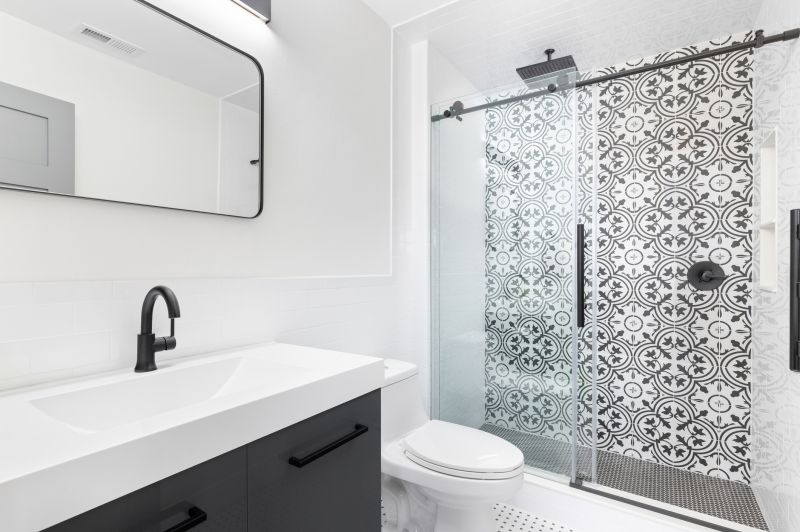
Step-by-Step Guide to DIY Shower Wall Renovation
Transform Your Bathroom with a Personal Touch
Renovating your shower walls can breathe new life into your bathroom, creating a fresh, modern look that enhances both functionality and aesthetics. This task, although requiring some effort, can be rewarding and significantly elevate your space. With the right preparation and materials, you can achieve a stunning transformation.
The first step is to plan your project thoroughly. Start by assessing the current state of your shower walls. Check for any signs of mold, mildew, or water damage, as these issues need to be addressed before proceeding. Once the inspection is complete, decide on the materials you want to use for the renovation. Popular choices include ceramic tiles, stone, or even waterproof wall panels, each offering a unique look and feel.
Next, gather all necessary materials and tools. This typically includes tiles or panels, adhesive, grout, a notched trowel, a tile cutter, and a level. Ensuring you have everything on hand before starting will make the process smoother and more efficient. Preparing the workspace is equally important. Remove any existing fixtures and cover the shower floor to protect it from damage during the renovation.
Begin the renovation by removing the old shower walls. Carefully strip away the existing tiles or panels, taking care not to damage the underlying surface. Once the old materials are removed, clean the surface thoroughly to ensure the new materials adhere properly. This stage is crucial for achieving a long-lasting finish.
With a clean surface ready, you can start installing the new shower walls. Apply adhesive to the wall using a notched trowel, then place the tiles or panels, starting from the bottom and working your way up. Use spacers to maintain even gaps between tiles, ensuring a uniform appearance. Regularly check your progress with a level to keep everything straight.
- Assess the current condition of your shower walls
- Choose the right materials for your aesthetic and needs
- Gather all necessary tools and materials before starting
- Carefully remove old materials and clean the surface
- Install new tiles or panels with precision
Once the tiles or panels are in place, allow the adhesive to cure as per the manufacturer's instructions. After curing, apply grout to the joints using a rubber float, pressing firmly to fill all gaps. Wipe away excess grout with a damp sponge, being careful not to disturb the grout lines. Let the grout dry completely before sealing it to protect against moisture.
Finally, reattach any fixtures and give your new shower walls a thorough cleaning. Stand back and admire your handiwork, knowing that your personal touch has transformed your bathroom into a space that reflects your style and enhances your home.
